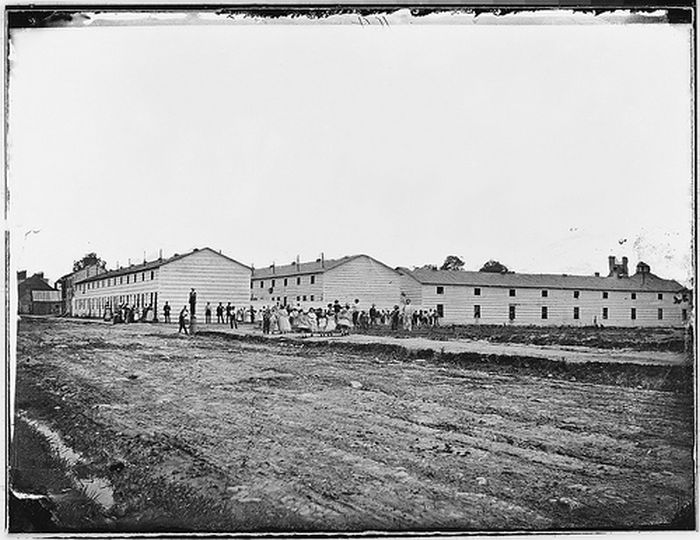|
|
History: American Civil War (1861-1865)
|
Union forces in the East attempted to maneuver past Lee and fought several battles during that phase ("Grant's Overland Campaign") of the Eastern campaign. Grant's battles of attrition at the Wilderness, Spotsylvania, and Cold Harbor resulted in heavy Union losses, but forced Lee's Confederates to fall back repeatedly. An attempt to outflank Lee from the south failed under Butler, who was trapped inside the Bermuda Hundred river bend. Grant was tenacious and, despite astonishing losses (over 65,000 casualties in seven weeks), kept pressing Lee's Army of Northern Virginia back to Richmond. He pinned down the Confederate army in the Siege of Petersburg, where the two armies engaged in trench warfare for over nine months.
Grant finally found a commander, General Philip Sheridan, aggressive enough to prevail in the Valley Campaigns of 1864. Sheridan defeated Maj. Gen. Jubal A. Early in a series of battles, including a final decisive defeat at the Battle of Cedar Creek. Sheridan then proceeded to destroy the agricultural base of the Shenandoah Valley, a strategy similar to the tactics Sherman later employed in Georgia.
Meanwhile, Sherman maneuvered from Chattanooga to Atlanta, defeating Confederate Generals Joseph E. Johnston and John Bell Hood along the way. The fall of Atlanta on September 2, 1864, guaranteed the reelection of Lincoln as president. Hood left the Atlanta area to swing around and menace Sherman's supply lines and invade Tennessee in the Franklin-Nashville Campaign. Union Maj. Gen. John Schofield defeated Hood at the Battle of Franklin, and George H. Thomas dealt Hood a massive defeat at the Battle of Nashville, effectively destroying Hood's army.
Leaving Atlanta, and his base of supplies, Sherman's army marched with an unknown destination, laying waste to about 20% of the farms in Georgia in his "March to the Sea". He reached the Atlantic Ocean at Savannah, Georgia in December 1864. Sherman's army was followed by thousands of freed slaves; there were no major battles along the March. Sherman turned north through South Carolina and North Carolina to approach the Confederate Virginia lines from the south, increasing the pressure on Lee's army.
|
|









